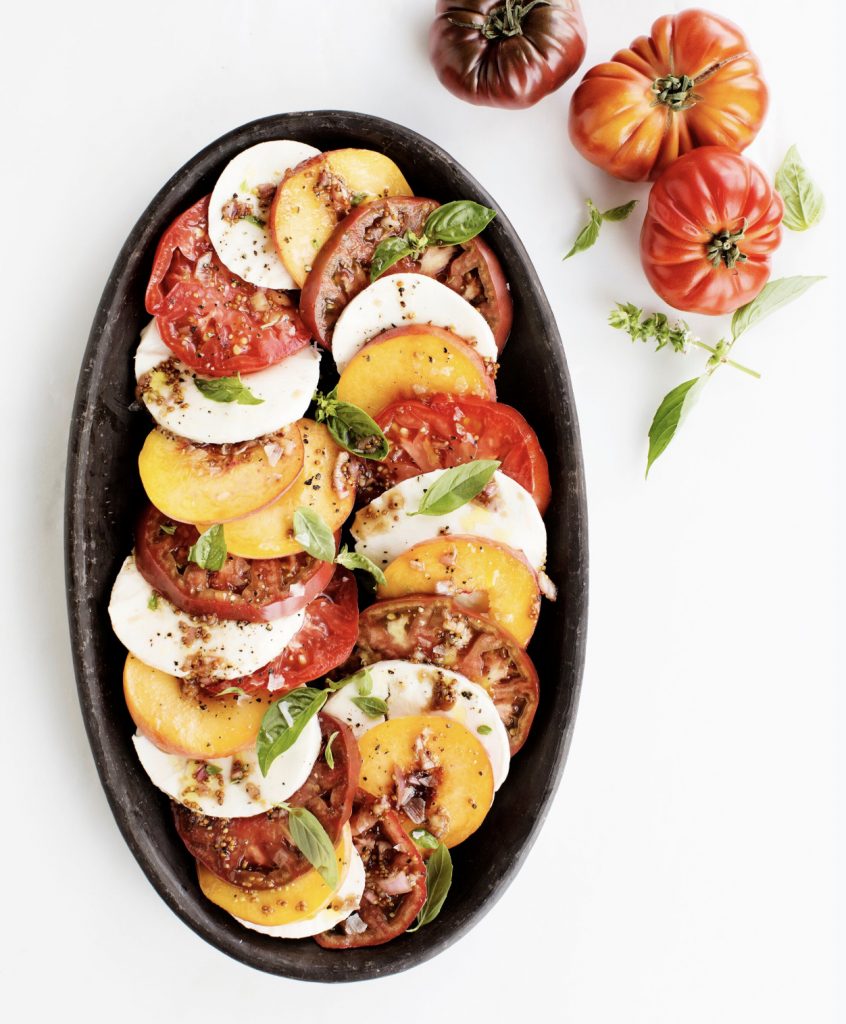
SOUL FOOD TASTES GOOD. This is probably because salt, meat, cheese, and butter—the almighty cornerstones of southern cuisine— taste good. I know a lot of subjects (like facts, for instance) are up for debate in America right now, but for the sake of this piece, let’s agree on this.
Another thing we should agree on: soul food tastes good, but most of it isn’t good for you. I’m from rural Middle Tennessee. I love fried chicken and cornbread and biscuits and country ham. I have the stomach and love handles to prove I love fried chicken and cornbread and biscuits and country ham. And apparently, I’m not alone.
A 2015 study by the Centers for Disease Control and Prevention found that the South—at 31.2 percent—is the most obese region in the United States. Perhaps unsurprisingly, Tennessee doesn’t fare much better: somewhere between 30 and 35 percent of our state’s residents are obese (we’ve got the ninth highest rate in the country).
None of this, of course, would be a problem if obesity and obesity-related illnesses weren’t fatal. As of 2016, heart disease is still the leading cause of death in America, and adult diabetes—which is projected to inflict 939,564 Tennesseans by 2030— isn’t far behind. We love our greasy, buttery, fried food. We love it so much that it might just kill us.
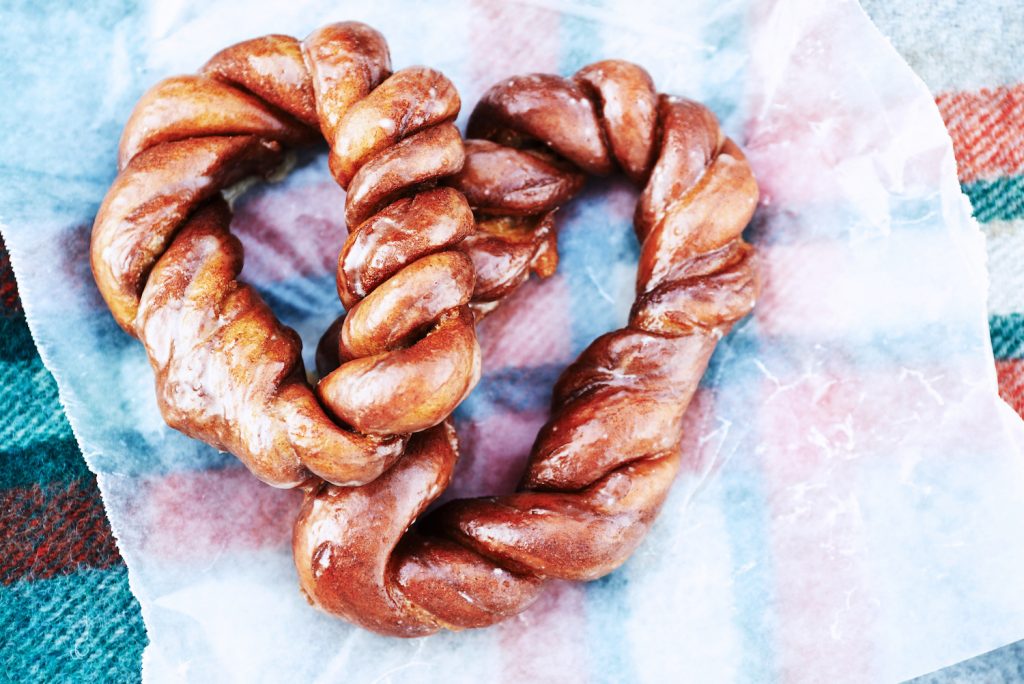
Part of the problem with turning Tennesseans (or anyone, for that matter) on to healthy, plant-based diets is the fear of venturing into the unknown. If you’re like me, fried chicken and banana pudding feel like family members at this point in your life. Kale, cauliflower, and quinoa probably do not. New equals scary, and plus, as we established earlier, the unhealthy stuff tastes really, really good. Not to mention the healthy options are generally more expensive and only available in certain (read: wealthy and white) areas.
But what if you didn’t have to reinvent the wheel? What if you could just adjust it so it didn’t steamroll you? That’s exactly what Tiffany and Clifton Hancock—the married couple behind Nashville’s only vegan soul food restaurant, The Southern V—want to do.
“When we decided to go ahead and open this place, it was to bring that Southern-style option to Nashville, but [we wanted it to be] vegan because we knew that transition was tough for a lot of people,” Clifton tells me in The Southern V’s courtyard/outdoor dining room, located on Fisk Street. “Not many people can go from eating steak and potato to kale and avocado . . . When you make that transition, it’s like, ‘I can’t have [soul food] anymore.’”
Tiffany looks at Norah and Eden, the Hancocks’ young daughters, as they run around the courtyard.
“And we’re like, ‘No, you can.’”
One reason Tiffany and Clifton are such staunch believers that this transition is not only possible but also relatively painless is that they made the switch themselves not too long ago. Soon after Eden was born six years ago, the Hancocks discovered that their newborn daughter had a dairy intolerance. That, coupled with Clifton’s growing distaste of the meat industry’s practices, led the Hancocks to a vegetarian, dairyless diet (Tiffany had already been a vegetarian for six years, so the change wasn’t so jarring for her. The toughest part for Clifton? “I couldn’t let go of the frozen yogurt, man!”).
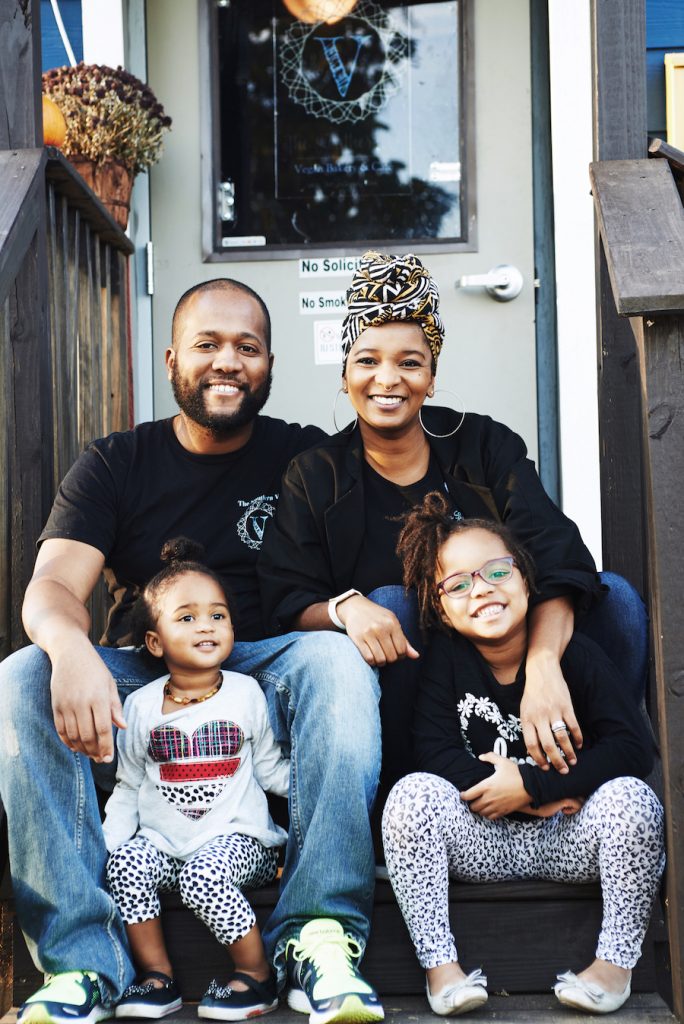
A few years later, they found out that their second daughter, Norah, had even more allergies than Eden. As a result, Tiffany went full-on vegan—“cold turkey,” as the Hancocks explain—and Clifton soon followed suit. The change kept their daughters healthy, but they soon found out that Nashville wasn’t exactly a haven for veganism.
“Once we started and went both feet into veganism, we said, ‘Okay, what are some things around town, where are some places that we can go to eat? What’s missing?’ Because I wanted a donut! [But] there wasn’t a donut,” Clifton explains, laughing.
“That was one of the hardest things I would say. There were Saturday nights where we would go out and do things as a family, and it was like, ‘Let’s go get some… no, we can’t go get ice cream.’
Tiffany adds, “Any time I was tired of cooking that day, there was no place for us to go to eat [where] everybody could find mac and cheese, and greens, and so on and so forth. I was just like, ‘We need to do this, because I’m tired of going out and not being able to really eat like we want to.’”
And “do it” they did. What started with vegan caramel apple pies progressed to Clifton’s longed-for donuts, which the Hancocks began selling at the Southeast Nashville Farmers’ Market in Antioch. With the exception of watching her grandmother and mom cook when she was a child, Tiffany, who does all of TSV’s cooking, had zero culinary training. But that first weekend at the farmers’ market, it didn’t seem to matter.
“WE NEED TO DO THIS, BECAUSE I’M TIRED OF GOING
OUT AND NOT BEING ABLE TO REALLY EAT LIKE WE WANT TO.”
“We got flooded. Everyone came, which was great. We were surprised and overwhelmed but excited at the same time,” Clifton remembers. “Then [we] started seeing those same people coming back that weren’t vegans. That kind of let us know, ‘Okay, something’s going on.’”
The Hancocks’ sweets were also a hit at Lightning 100’s Chocolate Affair, where their second-place win earned them radio spots and exposure to a new audience beyond Antioch. Still, they couldn’t help but notice the lack of vegan options in town. Specifically, there wasn’t a vegan alternative to Nashville’s staple dish: hot chicken. So, TSV debuted their hot “chick’n” (the chick’n is made with their in-house seitan, a wheat-based meat substitute) biscuits at Nashville’s first annual VegFest. The vegan-vegetarian festival drew more than four thousand attendees to Vanderbilt last year, and the biscuits passed Nashville’s ridiculously high hot chicken standard.
“I tell [customers] all the time: it’s not the meat you’re enjoying; it’s the seasoning and the flavor that you enjoy,” Clifton explains.
“If you take a piece of chicken, and you just throw it on the skillet and then you eat it, it’s going to be bland. You’re not going to like it. But when you throw it in batter that’s been seasoned and you may put some hot sauce on top of it—now you’re starting to get the flavor and now you’re really enjoying it.”
With that philosophy in mind, Tiffany and Clifton opened TSV’s brick-and-mortar location last fall in the Watkins Park area. It’s a pretty spartan affair: the kitchen/ prep area is a 600-square-foot shack, orders are placed at a pick-up window, and the only dining space is the court- yard. But the spot works, considering they’re currently only open on weekends (Tiffany spends weekdays homeschooling both the kids and prepping for the weekend; Clifton works as a speech pathologist at Summit Medical Center).
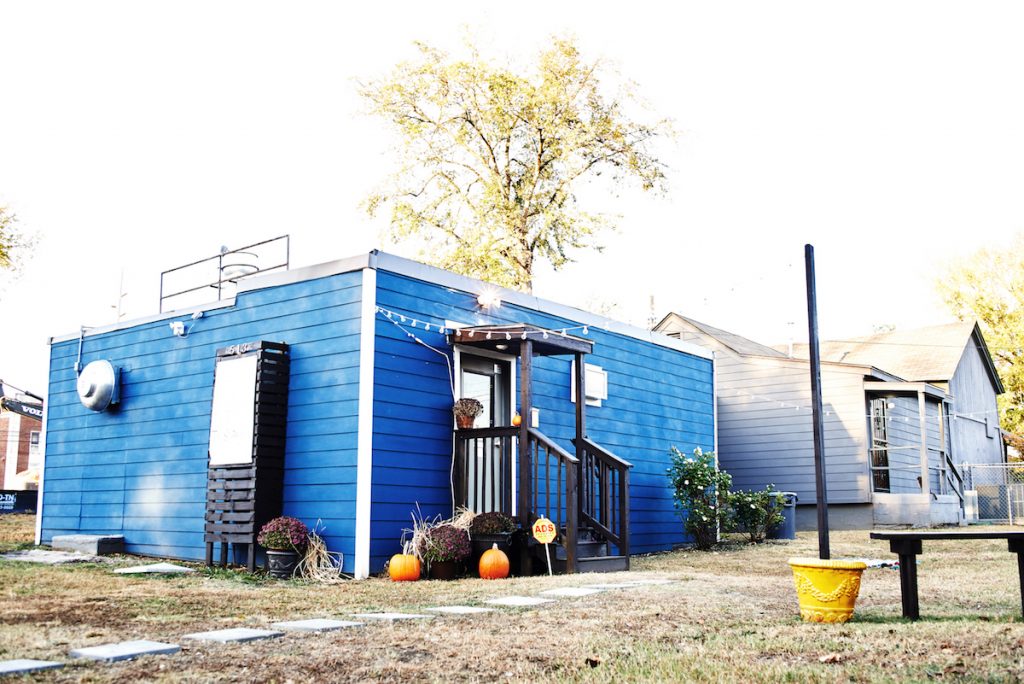
In addition to being centrally located to downtown, The Gulch, and the interstate, the location presents a unique opportunity for the Hancocks. As Clifton, who grew up in the John Henry Hale Apartments (formerly John Henry Hale Homes, a public housing community) down the street, explains, “It [felt] good to be able to find a location that’s centralized to the city and all the different areas. It’s right off the interstate, but then also it puts us in the community where—honestly this area didn’t have many options of food. Yeah, you had your Burger Kings and you had your fast food places, but not many cleaner or healthier options. It really worked out for us to be located here and then to be able to spread that influence to those who may not try it.”
Unfortunately, Watkins Park’s dining options are the rule, not the exception, when it comes to low-income areas in Nashville. For instance, in 2012, Vanderbilt’s Humanities and Social Sciences Department conducted a study on childhood obesity rates in two vastly different Nashville neighborhoods—Bordeaux and Belle Meade— called “How the Built Environment Contributes to the Adolescent Obesity Epidemic: A Multifaceted Approach.” As one might guess, the study found that Bordeaux (the lower-income community with a largely minority population) suffered from a lack of physical activity and high obesity rates. It linked the unhealthiness to limited recreational facilities, high crimes rates (which kept people from going outside as much), and low access to nutritious food at the neighborhood grocery store.
Clifton holds that in addition to these issues, the problem with bringing healthy alternatives to low-income areas is perception.
“When you think of soul food—I mean culturally it is something that originated in the black community,” he says. “You have to go back and you have to really look at history and realize [that was] a lot of the food that was available. Because that’s really what it came down to historically: the food that slaves got were scraps . . . That’s what you had to use and that’s what you had to make, and they did. Hey, there was some flavor in there, and [they tried] to make it taste good.
“Now you take basically that perspective and then you take veganism—which veganism, honestly when you really look into it, it’s diverse. There are so many different cultures, I mean races and ethnicities, that actually practice the lifestyle. It’s just not really marketed that way . . . The face that’s been marketed for it, and then the locations that those places are placed in, are just in areas that are not as diverse.”
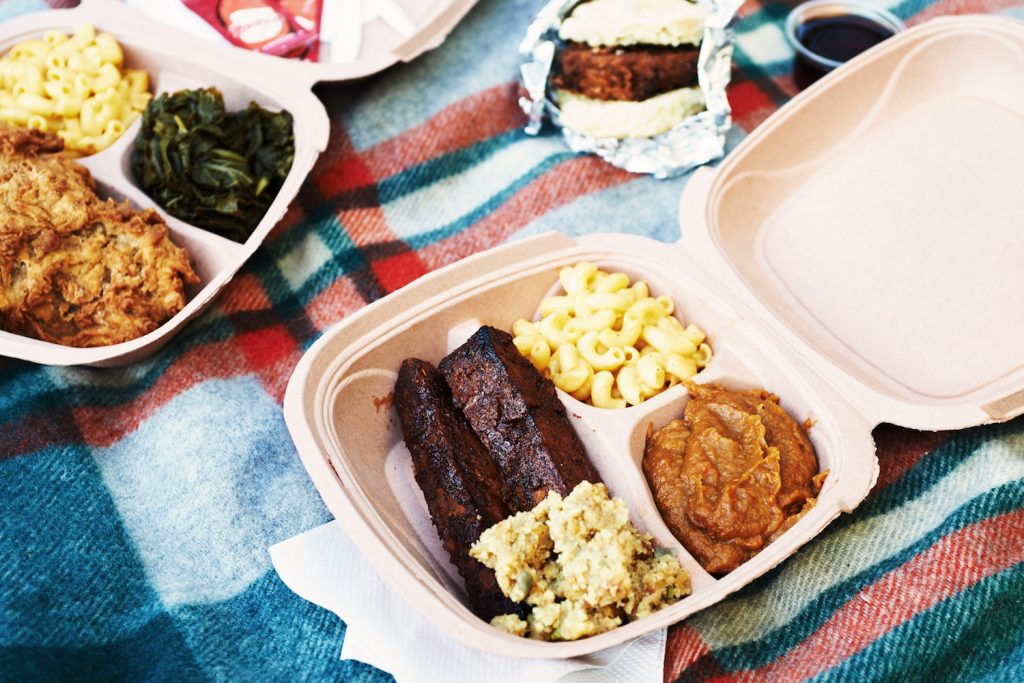
According to the Hancocks, the first step in marketing veganism for a new demographic—besides location and price point, of course—is making the food look familiar. People are more likely to try vegan mac and cheese, for example, if it actually looks like traditional mac and cheese. As Tiffany puts it, “What we want to do is appeal to people first through the eyes.”
After our interview, I sit down for hot chick’n biscuits, “ribs,” stuffing, mac and cheeze (made with in-house vegan“cheeze” sauce), greens, sweet potatoes, and apple fritters. I take a look across the picnic table, and as advertised, the spread catches my eye (and my nose), and I promptly get to stuffing my face. My favorite out of the bunch are the hot chick’n biscuits, which are somewhere around Prince’s mild or medium in the heat department. Hot enough, but not masochistic. The biscuits are doughy and “buttery” and give the Sharon Benton (of Benton’s Bacon) recipe I use at home a run for its money. I inhale two biscuits—I don’t leave much for our photographer (sorry, Danielle).
While everything is delicious, I won’t lie: it is different from the real deal. But Tiffany and Clifton will be the first to admit that. “For some people, they come and they expect that same texture,” Clifton says. “I’m like, ‘No, you’re not going to get that exact same texture as a rib, like a pork rib.’ It’s not going to be the same. The flavor is going to be great, but don’t expect to have that same texture while you’re chewing it.” He pauses, a sly grin coming to his face. “But we sell out of it every time.”
I can see why. While it does feel kind of weird to eat ribs with a fork, I can’t argue that they’re not pretty damn good. Unlike some (bad) ribs, the seitan keeps TSV’s ribs from drying out, and Tiffany—through some sort of vegan alchemy—has managed to mimic the charred, glazy goodness of a Memorial Day or Fourth of July rack.
But the best part about the meal (aside from Eden’s rundown of the ingredients: “There’s no cow’s milk in that”) is that I don’t feel like shit afterward. I don’t want to puke, I don’t want to go into hibernation, and I can actually walk. Tiffany and Clinton proudly explain that I just experienced a soul food meal sans the “itis”—i.e. the bitter-sweet, nap-inducing food hangover after a large meal. It feels nice to eat food that hits close to home without vowing to never eat again, and I’m starting to see how the Hancocks have enough energy for homeschooling, working, and running a restaurant/catering company.
I ask what else, aside from the energizing food, keeps the family going— how they balance it all.
“It’s been a roller coaster; it’s been some ups and downs. A lot of long, sleepless nights by Tiffany. There’s nights where she’s in here all night long getting things prepared,” Clifton answers. “At the end of the day, to see people coming back, and to look out our window and see this diverse group of people sitting at this table—who probably would never have sat with each other if it was in a restaurant, booth style—communicating and talking, no cell phones. That’s awesome, man. That’s what it’s all about at the end of the day.”
Suggested Content
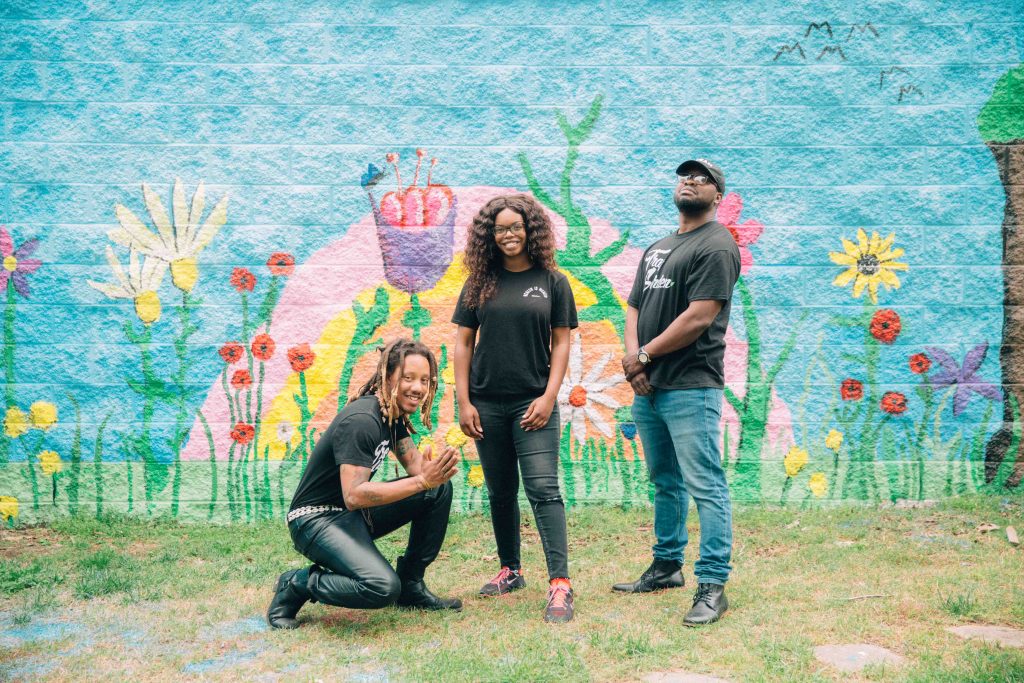
Can You Dig It?
How urban farming nonprofit Trap Garden is working to eradicate Nashville’s food deserts
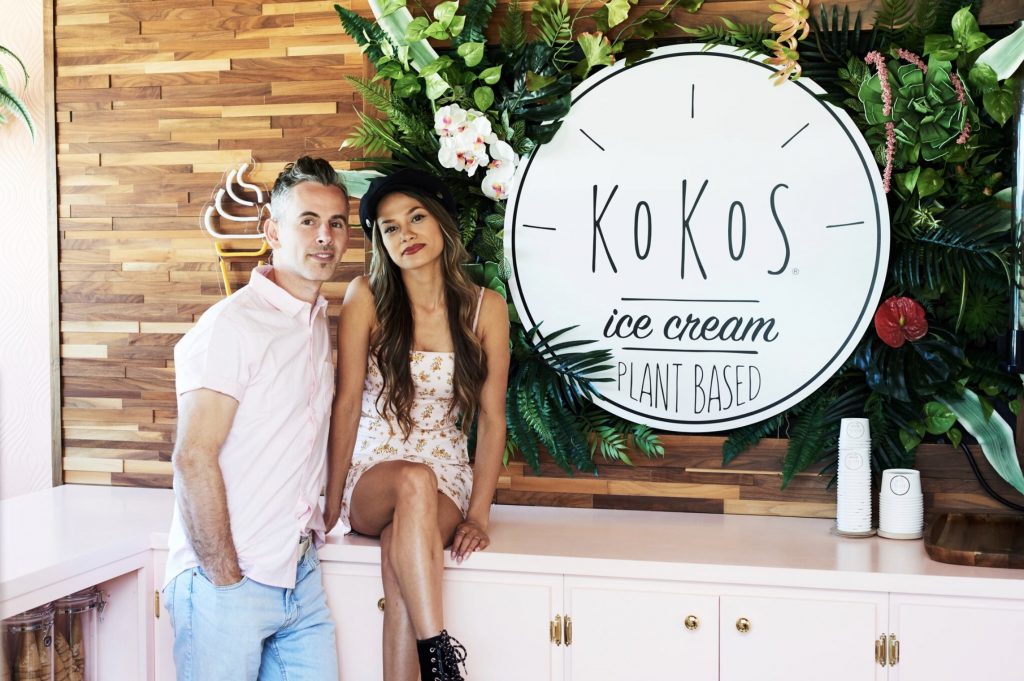
Double Scoop of Happiness
Kokos Ice Cream creators Jerusa van Lith and Sam Brooker want to show you just how good ice cream can be.

